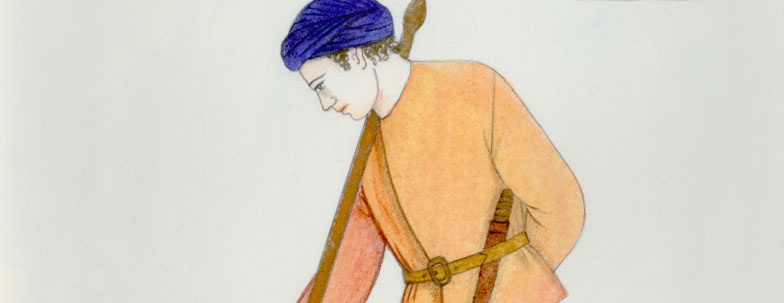Iphigenie En Tauride

Composed by
Christoph Willibald Gluck
Libretto by
Nicolas-François Guillard
Directed by
Francesca Zambello
Scene Designer:
Marina Draghici
Producers:
Co-production of Glimmerglass Opera, Cooperstown, New York,
and New York City Opera, New York, New York
Venue:
Glimmerglass Opera and New York City Opera
Year:
1997
Iphigenie en Tauride or, in English, Iphigenia in Tauris, is an opera by one of my very favorite opera composers. He was born in what is now Germany, but began his career in Vienna, at the court of Hapsburg ruler, Maria Theresa, the mother of Marie Antoinette. Gluck is often described as a reformist of the art of opera though he fundamentally put in practice the ideas of others. Gluck moved to Paris in 1773 and there wrote operas with French librettos. While in Paris, he was supported and encouraged by Marie Antoinette who is said to have been his pupil as a child.
Iphigenie en Tauride is based on the play of Ancient Greek playwright, Euripides.
The daughter of Agamemnon, Iphigenia escaped, with magical help of Goddess Diana, being sacrificed by Agamemnon. She lives on an island as Diana’s high priestess and is surrounded by an entourage of women. She longs to be re-united with her brother Orestes who killed their mother Clytemnestra as a revenge for her killing of Agamemnon.
I designed this production for director Francesca Zambello in 1997. Iphigenie en Tauride was produced by Glimmerglass Opera in Cooperstown, New York and New York City Opera. Our inspiration for the setting and the costumes came from images of women who, due to ongoing armed conflict, end up living in refugee camps, usually surrounded by barb wire and hostile soldiers. I was excited about the image of women isolated amidst men, under constant scrutiny and fearing for their lives because I felt that this image found correspondence in the music. Francesca had an opening image which was particularly striking. Iphigenia’s first aria is sung in a storm that has just quitted down but is disturbing to her due to the dream she just had. Francesca wanted to reproduce the storm on stage. This required actual rain to fall. Getting costumes wet on stage is always a challenge but it is not insurmountable. But somehow, the scene designer Marina Draghici, my former student and an excellent artist, could not design an island and repeatedly came up with rooms instead. Since I envisioned women living out in the open inadequately protected from the elements and having to huddle under blankets, my costumes were bleached by the sun, drained of color. By the time the set became reality, it was difficult to revise the costumes.
Next production, The Rake's Progress.